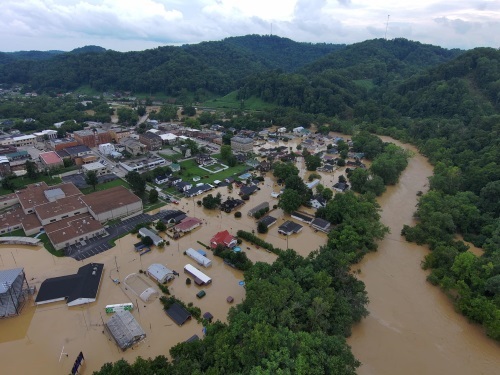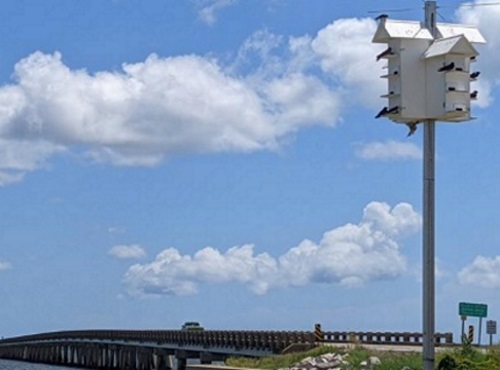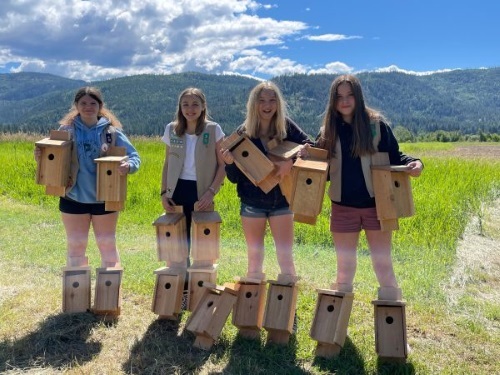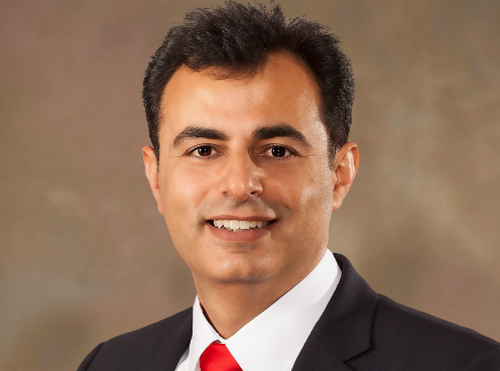FEDERAL ACTION
Reconciliation Bill Includes Climate, Transportation Funds – AASHTO Journal
USDOT Outlines Infrastructure Funding Availability – Transport Topics
Transit groups bemoan Dems’ car-centric climate deal – Politico
EV tax credits are back – and bigger – in new Senate climate bill – The Verge
Experts to Congress: Restore EPA Enforcement Staffing and Funding for Environmental Justice – Government Executive
Biden Administration Announces Bipartisan Infrastructure Law Funding to Make Public Transportation Rail Stations Accessible for All – FTA (Media release)
COVID-19
Mandatory masks are back on BART, in fourth policy change since April – Mercury News
INFRASTRUCTURE RESILIENCE AND SUSTAINABILITY
NREL Plans to Study Airport Electrification for FAA – AASHTO Journal
CT Transit pulls entire electric bus fleet – WTNH-TV
TxDOT proposes to raise portions of I-10 prone to flooding – KPRC-TV
Bridge designed to avoid flooded road opens on NC coast – WSOC-TV
New York moving ahead with ‘congestion pricing’ toll plan – AP
MetroLink flooding damage estimated at $18 million or more – St. Louis Post-Dispatch
Is This the Future of Urban Resilience? – CityLab
Long Island Rail Road ends development of battery-electric equipment – Trains
AIR QUALITY
N.J. will chip in up to $4K to help you buy an electric vehicle, Murphy says – NJ.com
Tailpipe Dreams? Big Cities Plot the Death of Car Reliance – Government Technology
Air quality can be better for active commuters than drivers, research shows – University of Leicester
Uber expanding electric car service – The Hill
ENVIRONMENTAL JUSTICE
Chicago made its Southeast Side a polluter’s haven, violating civil rights – Grist
Could the US highways that split communities on racial lines finally fall? – The Guardian
National Highways: Analysis of Available Data Could Better Ensure Equitable Pavement Condition – GAO (Media release)
NATURAL RESOURCES
Ohio DOT Launches New Litter Control Program – AASHTO Journal
Nevada DOT-Led Study Offers Wildlife Crossing Insights – AASHTO Journal
DeWine announces plans for new wetland projects in 22 Ohio counties – WKEF-TV
A federal funding program has helped clean up the Great Lakes. Could it work for the Mississippi River? – Wisconsin Public Radio
Meet the Canine Officers Guarding American Agriculture – New York Times
Biden-Harris Administration Announces $132 Million for EPA’s National Estuary Program from the Bipartisan Infrastructure Law – EPA (Media release)
CULTURAL RESOURCES
How SoCal’s Automobile Club Paved the Way For Road Development in the Name of Historic Preservation – KCET Radio
How Gilded Age Bicyclists Paved the Way for the Modern Highway System – Governing
As e-bike use grows, Pennsylvania looks to accommodate riders in state parks, forests – Pocono Record (Commentary)
HEALTH AND HUMAN ENVIRONMENT/ACTIVE TRANSPORTATION
How One Suburban New Jersey Town Is Addressing Pedestrian And Bicycle Safety – Cranford Radio (Podcast)
Bolt Mobility has vanished, leaving e-bikes, unanswered calls behind in several US cities – Tech Crunch
As Riders Return to the Streets, Cities Turn to Scooters – Government Technology
These brilliant maps helps you see – and hear – noise pollution in your city – Fast Company
TRB RESOURCES/ANNOUNCEMENTS
Research for Equitable Infrastructure Investments – National Academies of Sciences, Engineering, and Medicine.
FEDERAL REGISTER NOTICES
FY 2022 Competitive Funding Opportunity: All Stations Accessibility Program – FTA (Notice)
Clean Air Act Grant; Ventura County Air Pollution Control District; Opportunity for Public Hearing – EPA (Notice)
Clean Air Act Grant; Santa Barbara County Air Pollution Control District; Opportunity for Public Hearing – EPA (Notice)
Air Plan Approval; Arizona, California, Nevada; Emissions Statements Requirements – EPA (Final rule)
Proposed Consent Decree, Clean Air Act Citizen Suit – EPA (Notice; request for public comment)
Community Wildfire Defense Grant Program – Forest Service (Notice)
National Boating Safety Advisory Committee; August 2022 Virtual Meeting – Coast Guard (Notice)
Notice of Segregation of Public Land for the Esmeralda Solar Projects, Esmeralda County, Nevada – Bureau of Land Management (Notice)





